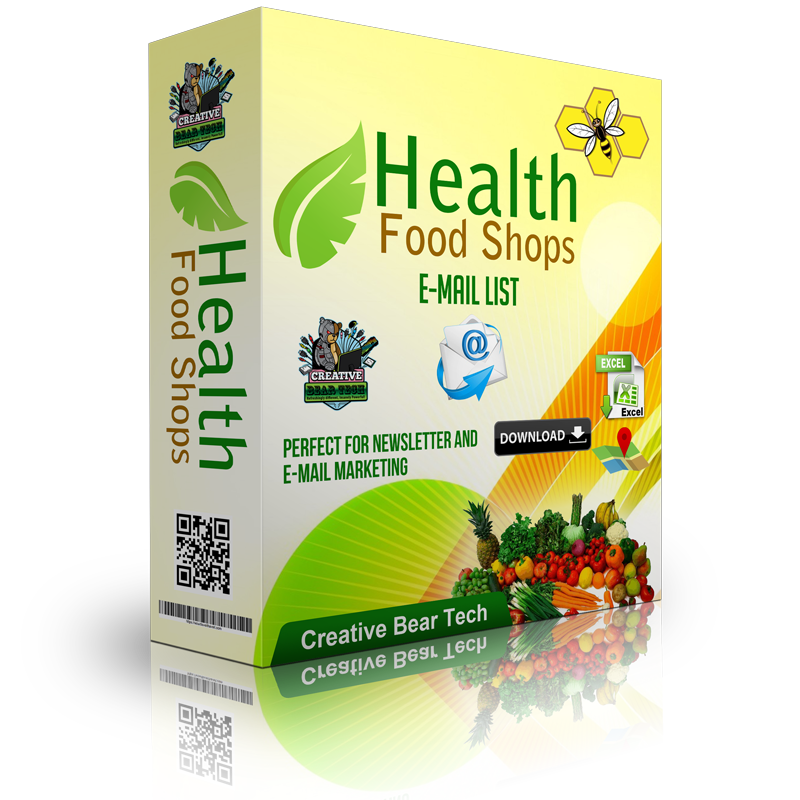How to achieve great email deliverability? How often do you email your subscribers? Depending on the preferences of your subscribers, you may be sending too many or too few emails to keep them engaged with your brand. How many emails you send will largely depend on what you’re hoping to accomplish with your email marketing strategy. If you want to increase website traffic, more emails will do the trick. If you want to increase open rates on the other hand, sending more emails might have the opposite effect. We recommend testing different email frequencies with your audience to see what they best respond to. You could also let subscribers choose their own email frequency if your email marketing service supports it. You could include a selection for email frequency on your opt-in form to segment them from the start or send an email blast to your list to ask them to self-segment based on how often they want to hear from your brand. Remember that you’ll need to create different email campaigns for different frequencies.
Why Your Email Open Rate Matters? If your email subscribers aren’t opening your emails that means they’re not getting your marketing messages, they’re not taking action based on your emails, and, ultimately, not becoming customers. All of those stunning email marketing templates and the countless hours you’ve spent writing brilliant email copy are wasted. Your email open-rate helps you understand the percentage of emails that are opened by existing and new subscribers or customers and lets you know how many people are actually seeing the content of your emails. The open rate can give you excellent signals about how your subject lines are performing, how the time you send your emails can make a difference for your specific audience, and if your email marketing is having its desired effect.
Instant messengers are the latest communication trend. There are 1.5 billion people globally using WhatsApp on a monthly basis, followed by Facebook Messenger and WeChat. If you want to be where your audience is, enter instant messaging marketing. Most popular global messenger apps, based on the number of monthly users. Source: Statista. This type of digital marketing exploded over the last couple of years. People are much more likely to trust the information sent via a messenger (as if it comes from a good friend) than email or SMS that are vulnerable to spam. An example of messages from a marketing consultant Matthew Barby, sent via a Facebook bot. There are different ways how you can proceed with instant messaging marketing, from using them for customer support to updating your users about new posts on your blog. But just like with any other digital marketing type, before diving right in, I’d recommend that you develop a strategy first. See more details at https://cbtemailextractor.com/blog/what-are-the-best-tools-for-tracking-lead-generation-services/.
In order to achieve a high inbox rate, you need to ensure that your message is unique on every send. Otherwise, if you are sending the same message to thousands upon thousands of recipients, your message is likely to be flagged up by sophisticated spam filters and never reach the inbox. To overcome this, we have added macros, spintax format and formatting features. You can import the databases that you have scraped using CBT Web Scraper and Email Extractor and then use corresponding macros inside your message. For example, a macro such as %companyname% will replace %companyname% with the company name of each company inside the Excel spreadsheet. This feature is a great way of generating personal and highly targeted messages. You can also add text in spintax format to ensure that your email is unique on every send. Spintax format supports curly brackets and pipes. For example, Hello. You can also format your messages for an added visual impact.

What is Local SEO? Local SEO is an act of optimizing your local business website so that you are found for the local searches in Google that are most relevant to your business. What is the difference between local SEO and organic SEO? Organic SEO is the practice of optimizing your business website to make it search-engine compliant, and get it ranked in SERPs for the relevant keywords. Local SEO is more about building relevant signals around a particular location. Organic SEO has its goal to get ranked as high as possible for a set of target keywords whereas local SEO aims to get into the local listing packs.
Email continues to be one the best ways to reach out to your customers and potential leads alike. There are several benefits to planning out the perfect email marketing strategy for your business: Email marketing allows you to segment your customers into different lists based on their preferences to send highly personalized content. From crafting the perfect subject line to images that resonate with your customer, and valuable content that helps your audience, email is the perfect channel to drive engagement. Adjust your messaging for different audiences so your emails are always engaging. Ignore the impulse to push for a hard sell too early in the process. Cultivate a strong foundation of trust between your brand and the recipient first, and create a bond with your customer than can grow over time. See even more information at Email Marketing Blog.